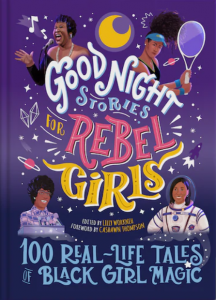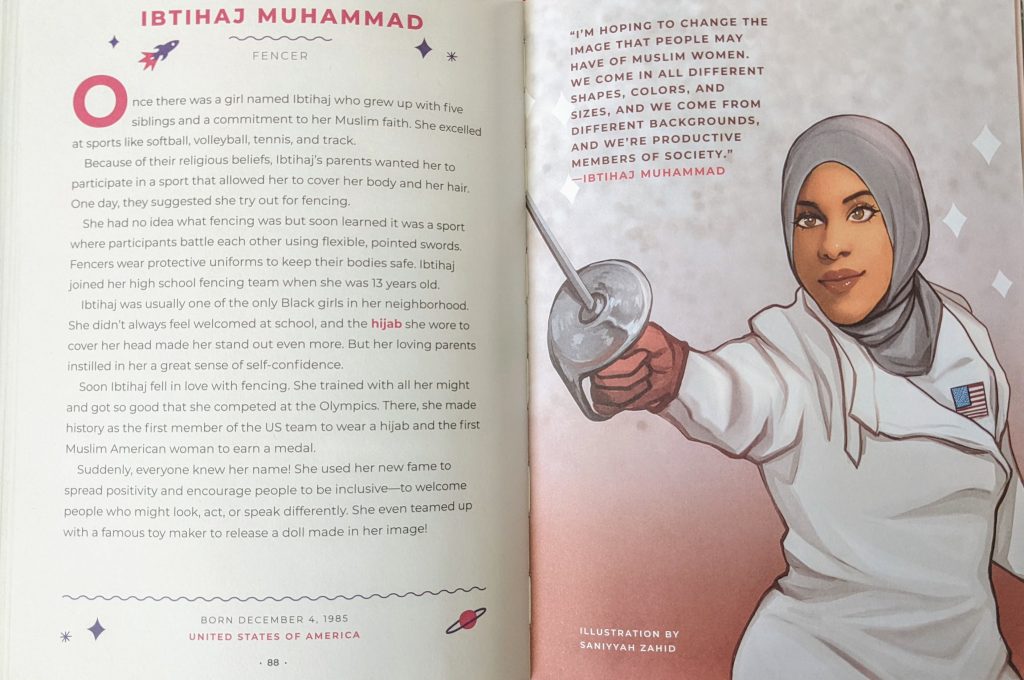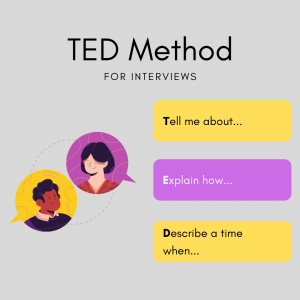 Many moons ago I was gifted a wonderful book by a student and her family. Good Night Stories For Rebel Girls is a collection of stories about 100 extraordinary women, including beautiful illustrations from female artists. Over the years, the team at Rebel Girls has created other books. This month – being Black History Month – I was excited to gift their book of 100 Real-Life Tales of Black Girl Magic, to a friend. In my inscription, I shared that her story also needed to be added to the book. This got me thinking about the stories that we share – particularly during Black History Month – and how we as teachers, go about sharing these stories. Often, it’s a select few well-known people whose stories we feel are worthy of highlighting for one reason or another. Within our schools and communities, I wonder how many equally incredible stories are waiting to be heard? How might the stories that we as a community learn from each others’ experiences, ultimately make our school community even better? In this post, I’m sharing a few ideas that are buzzing around in my mind.
Many moons ago I was gifted a wonderful book by a student and her family. Good Night Stories For Rebel Girls is a collection of stories about 100 extraordinary women, including beautiful illustrations from female artists. Over the years, the team at Rebel Girls has created other books. This month – being Black History Month – I was excited to gift their book of 100 Real-Life Tales of Black Girl Magic, to a friend. In my inscription, I shared that her story also needed to be added to the book. This got me thinking about the stories that we share – particularly during Black History Month – and how we as teachers, go about sharing these stories. Often, it’s a select few well-known people whose stories we feel are worthy of highlighting for one reason or another. Within our schools and communities, I wonder how many equally incredible stories are waiting to be heard? How might the stories that we as a community learn from each others’ experiences, ultimately make our school community even better? In this post, I’m sharing a few ideas that are buzzing around in my mind.
Create Your Own Anthology
Based on the stories within this book, creating a class or school anthology is the easiest idea that comes to mind, but is also one of the hardest. I think of the incredible stories that students, school staff and community members could share about their lives and experiences. There could also be a team of illustrators or the person who is sharing their story can create their own self-portrait. There’s so much power in seeing how one views themselves. The stories within the book are short and powerful. Examples can be shared to give writers an idea of how they might choose to share their stories. 
Seems easy enough, right? But what conditions do we have to cultivate in order for people to feel comfortable in sharing their stories? If students, staff and/or members of the community don’t feel as though they are a respected part of the school community, we may never know what story they may have to tell. Further, if by chance we are privy to any part of the story of another and decide to ask for a contribution, we might in fact be causing further trauma by asking for the story to be revealed. There’s a delicate balance when it comes to the telling of stories and I firmly believe that it starts with creating spaces where people feel seen, heard and valued. Without that, creating this sort of anthology will cause more harm than good.
The 3 Prompt Podcast
Some time ago, I shared a post on podcasts for students. In the post, I shared ideas on how podcasts could be used within the classroom and since then, I’ve shared other posts on how we’ve incorporated them in both literacy and science activities. Most of what I shared has been about fictional stories but why not have a podcast dedicated to sharing the real stories of students, staff and members of the community? Rebel Girls has its very own podcast that might spark ideas for listeners too.
 One thing that I’ve learned is that podcasts don’t need to be long. They just need to share interesting information about a specific topic and listeners will be hooked. In podcasts, I think that the interview questions are crucial and make them flow. Students can take turns interviewing people who are willing to share their stories, coming up with 3 prompts to guide the conversation. Interviewing is an art. Years ago, I learned about the TED method of interviewing. I’ve used it in design to understand the story of the user and that’s really the goal of this type of interview – to understand the story of another, rather than to lead. In the TED method, we use 3 sentence starters to guide the interview.
One thing that I’ve learned is that podcasts don’t need to be long. They just need to share interesting information about a specific topic and listeners will be hooked. In podcasts, I think that the interview questions are crucial and make them flow. Students can take turns interviewing people who are willing to share their stories, coming up with 3 prompts to guide the conversation. Interviewing is an art. Years ago, I learned about the TED method of interviewing. I’ve used it in design to understand the story of the user and that’s really the goal of this type of interview – to understand the story of another, rather than to lead. In the TED method, we use 3 sentence starters to guide the interview.
The sentence starters are simple enough to tweak into meaningful prompts once you know a little about the person you are interviewing. Yet another reason why it’s so important to build a space where people feel seen, heard and valued.
These are just a couple of ideas stemming from these incredible books. Perhaps start by considering where you are at with building classroom or school community. Do members of this community feel seen, heard, and valued? If not, take stock of what changes need to be made by listening to stakeholders and developing a plan of how to implement change. If so, consider how you might like to share stories. Consider whose stories often get told and whose don’t. Consider why that might be. Have discussions on how you might create – whether through writing, art, a podcast or any other method. Stories are powerful and can be inspirational. When the time is right ask, “So what’s your story?”.
